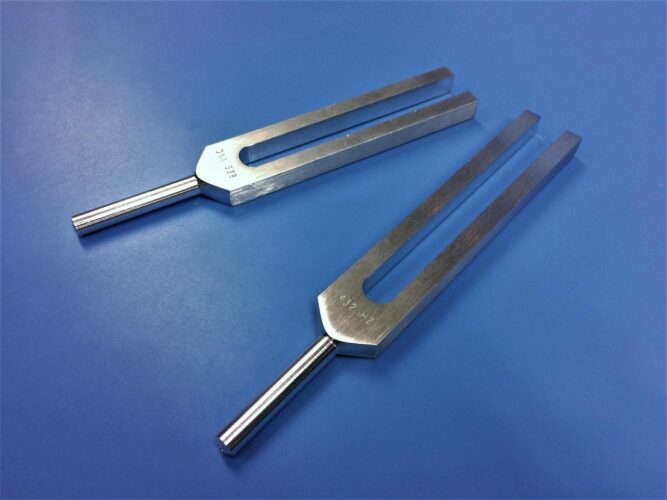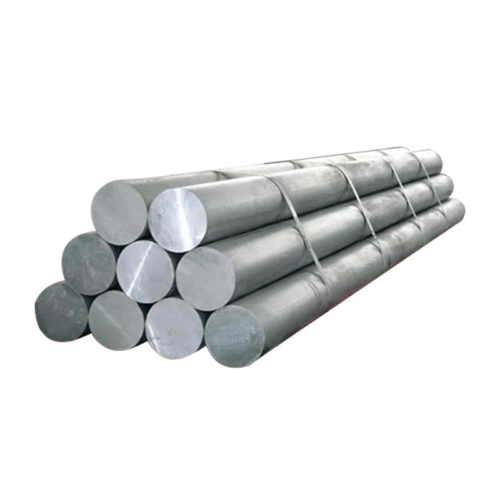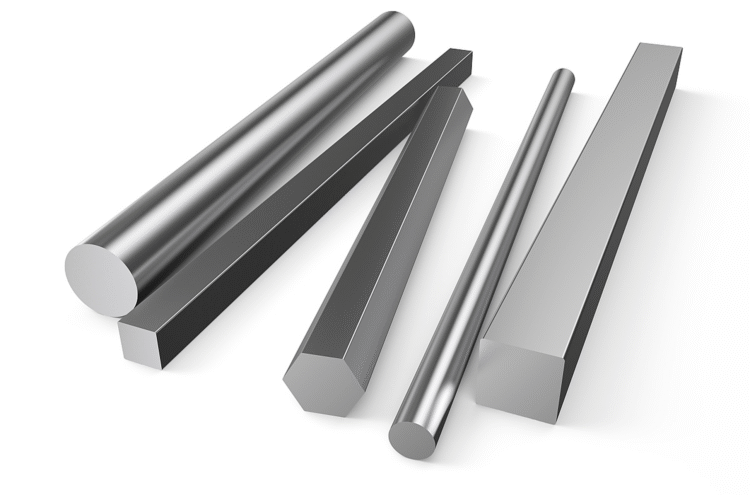Our Location
Aluminum alloys rank among the top materials used in construction, aerospace, sports equipment, electrical applications, and the automotive industry. Their excellent strength-to-weight ratio, high strength, resistance to corrosion, and machinability make them an attractive choice.
Choosing the right aluminum alloy for your project can be difficult by reason of the wide variety available. This article compares two common alloys, 6061 and 7075, to help you make a wise decision.

Table of Contents
ToggleThis alloy is a well-known member of the 6000 series and is often described as a “jack of all trades” because of its versatility and excellent mechanical properties. Its relatively low cost significantly enhances its usefulness.
6061 aluminum is known for its outstanding machinability, outstanding corrosion resistance, and strong tensile strength. Manufacturers frequently use it for various extrusion projects due to its ease of workability. This aluminum alloy is an ideal choice for a wide range of applications, including piping, electrical products, automotive and aerospace components, consumer goods, and more.
A member of the 7000 series, 7075 aluminum is primarily composed of zinc and is renowned for its exceptional strength. This enhanced mechanical strength contributes to its widespread use in the aerospace and defense industries.
This alloy is known for its excellent resistance to fatigue stress, making it a dependable choice for various industries. When comparing 7075 aluminum to 6061 aluminum, it’s important to note that 7075 is generally more expensive. Its machinability is reasonably good, although it is slightly less suitable for welding. Typical applications of 7075 aluminum include aircraft frames, plastic mold tooling, and high-end bicycle components, among others.

Although 6061 aluminum and 7075 aluminum share similar components, their alloy compositions differ significantly. The table below summarizes the chemical compositions of the 6061 and 7075 aluminum alloys.
| Element | 6061 Aluminum( %) | 7075 Aluminum( %) |
| Aluminum | 95.85 – 97.90 | 86.90 – 91.40 |
| Silicon | 0.40 – 0.80 | 0.00 – 0.40 |
| Zinc | 0.00 – 0.25 | 5.6 – 6.10 |
| Magnesium | 0.80 – 1.20 | 2.1 – 2.50 |
| Manganese (Mn) | 0.00 – 0.15 | 0.00 – 0.30 |
| Chromium | 0.04 – 0.35 | 0.07 – 0.23 |
| Copper | 0.15 – 0.40 | 1.20 – 1.60 |
| Iron (Fe) | 0.00 – 0.70 | 0.00 – 0.50 |
| Titanium (Ti) | 0.00 – 0.15 | 0.00 – 0.2 |
| Zirconium | – | 0.00 – 0.25 |
| Residuals | 0.00 – 0.15 | 0.00 – 0.15 |
7075 aluminum has a bit higher density than 6061 aluminum. This is partly because the collective atomic mass of magnesium (24.3 u) and silicon (28.1 u) is less than that of zinc (65.4 u). The higher density of 7075 aluminum contributes to its greater tensile strength, but it also makes the material marginally heavier. Additionally, the melting temperatures of these two alloys differ, with 6061 aluminum having a lower melting point.
| Physical Property | 6061 Aluminum (T6) | 7075 Aluminum (T6) |
| Density | 2.70 g/cm³ | 2.81 g/cm³ |
| Melting Temperature | 582-652°C | 477-635°C |
Both alloys are corrosion resistant due to the presence of aluminum. When exposed to air, they form a protective aluminum oxide layer that protects the underlying metal from further corrosion. Nevertheless, the inner composition may affect the quality of this resistance.
For example, the 6061 alloy contains more copper, which can increase the risk of corrosion in specific environments. Therefore, 6061 is less resistant to corrosion compared to Aluminum 7071 and some other alloy series.
| Chemical Property | 6061 Aluminum (T6) | 7075 Aluminum (T6) |
| Oxide Layer Formation | Present (Al2O3) | Present (Al2O3) |
| Corrosion Resistance | Higher | Moderate |
The alloying elements in 6061 and 7075 significantly affect their mechanical properties. Below, we compare their key mechanical characteristics.
| Material Properties | 6061 Aluminum Alloy | 7075 Aluminum Alloy |
| Yield strength | 276 MPa | 503 MPa |
| Modulus of Elasticity | 68.9 GPa | 71.7 GPa |
| Thermal conductivity | 167 W/m-K | 130 W/m-K |
| Melting point | 582 – 652°C | 477 – 635°C |
| Electrical Resistivity | 3.99 x 10-6 ohm-cm | 5.15 x10-6 ohm-cm |
| Hardness (Brinell) | 95 | 150 |
| Machinability | Good | Fair |
Anodizing is an electrochemical process that creates a thin layer on a surface to prevent corrosion, enhance hardness, and improve its aesthetic appearance.
6061 aluminum is renowned for its excellent anodizing properties. It creates a transparent oxide layer that protects the surface while allowing for a high-quality finish.
7075 aluminum is suitable for anodizing but behaves slightly differently. Its higher zinc content can sometimes cause the oxide layer to turn brown, especially with higher zinc levels.
| Surface Property | 6061 Aluminum (T6) | 7075 Aluminum (T6) |
| Anodizing Quality | Excellent | Good |
| Oxide Layer Transparency | Transparent | Transparent to brown (if high zinc) |
| Surface Protection | High | High |
7075 aluminum is difficult to machine because of its toughness and higher stiffness. It results in greater tool wear and necessitates specialized tools for precise machining.
In contrast, 6061 aluminum is considerably easier to machine. Its lower hardness, along with the presence of magnesium and silicon, enhances its workability without causing excessive tool wear.
| Property | 6061 Aluminum (T6) | 7075 Aluminum (T6) |
| Machinability | Excellent | Moderate to Low |
| Tool Wear | Low | High |
| Chip Formation | Better | More difficult |
6061 aluminum is known for its good weldability. The presence of magnesium and silicon enhances fusion during the welding process.
However, 7075 aluminum is not suitable for welding because of its high zinc and copper content, which makes it prone to cracking. A specialized technique called friction stir welding can be employed to join this alloy.
Applications of the 7075 and 6061 aluminum alloys differ significantly due to their unique physical properties.
Cost is an important factor to consider when choosing between 6061 and 7075 aluminum. Generally, 6061 is more cost-effective due to its easier production and versatility. In contrast, 7075, known for its superior strength, tends to be more expensive. Your budget constraints will significantly influence your decision.

Choosing between aluminum alloys for CNC machining can be challenging. Both alloy grades possess high strength-to-weight ratios, making them excellent choices for various manufacturing applications and structural metal fabrication.
However, as with many other manufacturing considerations, your choice will depend on several factors. One major factor to consider is the intended application of the final product. Additional factors include budget and manufacturing conditions.
6061 aluminum alloy is highly versatile, making it suitable for various structural applications. It is the ideal choice when machining, welding, or forming is required.
If corrosion is a concern in outdoor applications, 6061 aluminum is the better choice between the two. Additionally, extruding complex shapes from aluminum is more effectively done with 6061, especially when working with a limited budget.
On the other hand, a key characteristic of aluminum 7075 is its increased strength. As a result, it is a better choice when you require a material with very high tensile strength. This strength is complemented by excellent wear resistance and a high strength-to-weight ratio.
Choosing the 7075 alloy is the best option if you need to expose the component to heat or if there is significant friction involved. If cost is not a primary concern, this would be the ideal choice.
Ultimately, the choice between Aluminum 6061 and 7075 is up to the specific requirements of your project. To determine which alloy is best suited for your needs, consider factors such as composition, strength, machinability, applications, cost, and yield strength. Both alloys have unique strengths, and by evaluating the demands of your project, you can make a wise decision that will help to your success in the chosen application.

